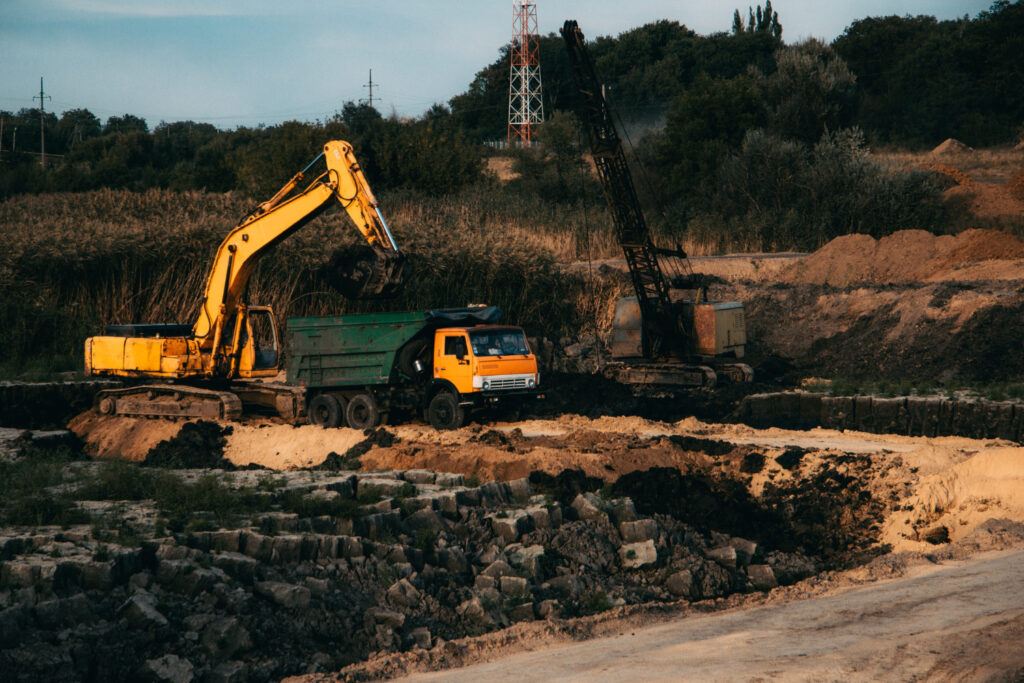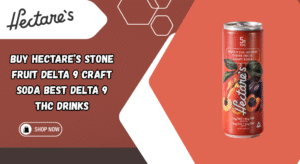
Shotcrete Mining and Shotcrete Concrete: Reinforcing South Africa’s Foundations
In South Africa, a global mining hub with extensive construction needs, shotcrete mining and shotcrete concrete from suppliers like Altecrete are critical for structural stability. Shotcrete in mining secures underground excavations, while shotcrete concrete provides a versatile, durable material for both mining and civil projects. This article explores their development, technical specifications, applications, and integrated benefits in a South African context, concluding with a detailed FAQ.
Shotcrete Mining: Underground Stabilization
Historical Development
Shotcrete mining evolved from Carl Akeley’s 1911 “cement gun,” with its use in mines expanding by the 1950s as a fast, effective reinforcement method. In South Africa, it became vital during the 1970s mining boom—gold, platinum, coal—addressing the need to stabilize deep, seismically active workings. Altecrete’s expertise reflects decades of adapting shotcrete to the country’s challenging underground conditions.
Technical Specifications
Shotcrete for mining is a wet or dry mix—cement, aggregates, water, additives (e.g., fibers, accelerators)—sprayed at 20-30 m/s, achieving 20-50 MPa compressive strength. Wet-mix delivers 5-15 m³/hour in 50-200mm layers; dry-mix, suited for remote mines, outputs 2-10 m³/hour. Altecrete supplies it at R500-R2000/m³, with equipment like pumps or robotic sprayers ensuring precise application in harsh environments.
Applications
Shotcrete stabilizes mine structures. In a Gauteng gold mine, Altecrete sprays 100mm of wet-mix shotcrete onto a stope wall—curing in hours, it prevents rock falls, enhancing miner safety. In a Limpopo platinum shaft, 150mm layers secure a roof, completed in days. Altecrete’s mining-focused shotcrete supports South Africa’s deep-level operations, reducing risks in seismically active zones.
Shotcrete Concrete: Versatile Reinforcement
Historical Development
Shotcrete concrete traces its roots to the same 1911 invention, with broader construction applications emerging by the 1950s. In South Africa, its use grew in the 1970s alongside infrastructure projects—tunnels, dams, and buildings—offering a durable alternative to poured concrete. Altecrete’s supply reflects its evolution into a multi-purpose material for both mining and civil needs.
Technical Specifications
Shotcrete concrete combines cement, sand, gravel, and additives (e.g., silica fume, steel fibers), sprayed to achieve 20-50 MPa strength. Wet-mix suits high-volume projects at 5-15 m³/hour; dry-mix, portable for small sites, delivers 2-10 m³/hour. Layers range 50-200mm, with Altecrete pricing at R500-R2000/m³, including delivery and spraying equipment, adaptable to diverse structural demands.
Applications
Shotcrete concrete reinforces varied surfaces. In a Johannesburg tunnel, Altecrete applies 120mm of fiber-reinforced shotcrete—curing in days, it strengthens the lining for traffic safety. In a Cape Town retaining wall, 75mm enhances durability against erosion. Altecrete’s shotcrete concrete serves South Africa’s mining and civil sectors, offering rapid, resilient support across applications.
Historical Context: Shotcrete in South Africa
Shotcrete mining took hold in the 1950s, with South Africa adopting it by the 1970s to bolster safety during mineral booms. Shotcrete concrete expanded concurrently, supporting 1970s infrastructure growth as urban and industrial needs rose. Altecrete’s dual focus reflects a century of shotcrete’s adaptation to South Africa’s mining depths and construction breadth, enhancing structural integrity.
Practical Applications: Real-World Impact
In a Mpumalanga coal mine, Altecrete sprays 100mm shotcrete—stabilizing a shaft in days, it ensures safe extraction. In a Durban civil tunnel, 150mm shotcrete concrete reinforces walls, finished in a week, supporting urban development. South African examples—from mine stopes to infrastructure—demonstrate Altecrete’s shotcrete delivering fast, reliable reinforcement across sectors.
Shotcrete Mining vs. Shotcrete Concrete: Specialized vs. Broad Use
Shotcrete mining (R500-R2000/m³) targets underground stability—20-50 MPa, 50-200mm layers—for mining safety; it’s site-specific, rapid-set. Shotcrete concrete (R500-R2000/m³) offers versatile reinforcement—20-50 MPa, adaptable mixes—for mining and civil use; it’s multi-purpose, scalable. Both from Altecrete align—mining for underground, concrete for all—unrestricted by licensing in South Africa beyond safety standards.
Implementation and Care
Shotcrete mining requires surface prep—clean, roughen—and spraying—wet-mix needs flow control, dry-mix water dosing; cure moist 7-28 days. Shotcrete concrete follows similar prep—consistent mixes, curing with water; Altecrete ensures equipment calibration. Mining stabilizes excavations, concrete coats broadly—no legal barriers beyond compliance in South Africa.
Conclusion: Comprehensive Reinforcement
Shotcrete mining and shotcrete concrete from Altecrete strengthen South Africa’s mining and construction—R500-R2000/m³ for both. Together, they provide specialized underground support and versatile surface durability, meeting safety and structural needs. Altecrete’s expertise ensures these solutions fortify the nation’s foundations effectively.
FAQs: Shotcrete Mining and Shotcrete Concrete
How much does shotcrete for mining cost?
Ranges R500-R2000/m³—e.g., R1200/m³ for a stope—volume-based.
What strength does shotcrete concrete achieve?
Hits 20-50 MPa—e.g., 30 MPa for tunnels—durable.
How thick is shotcrete applied in mines?
Ranges 50-200mm—e.g., 100mm for shafts—adjustable.
How much does shotcrete concrete cost?
Costs R500-R2000/m³—e.g., R1500/m³ with fibers—project-specific.
How fast is shotcrete applied in mining?
Wet-mix at 5-15 m³/hour—e.g., 200m² in a day—efficient.
Can shotcrete serve both mining and civil needs?
Yes—Altecrete adapts it—mining for stopes, concrete for builds.





